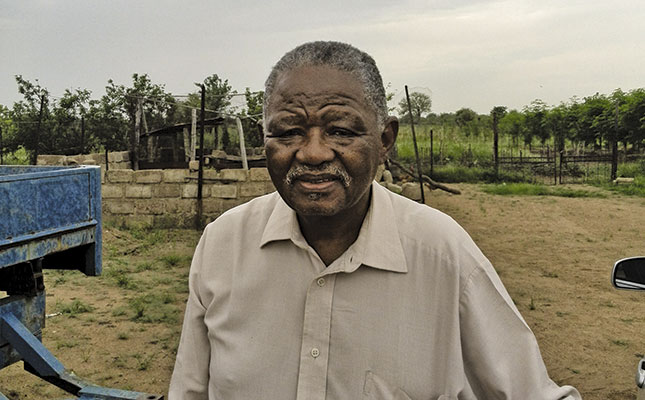
Philip Kgosana, former United Nations programme development officer attached to the UN Children’s Fund, has been a member of the Winterveld Citrus Project (WCP) since its inception in 2002.
Together with a few retired community members WCP developed a plan to use fallow land in Winterveld for agricultural production. The group then established the Winterveld United Farmers’ Association (WUFA) with a long-term plan for agriculture in the area.
WCP initially decided on growing oranges as a collective, marketing it to various processors.
Although the citrus project proved successful, oranges are a seasonal crop and the WUFA members were keen to supplement their income. They therefore decided to introduce a cash crop. While the other members chose enterprises such as vegetables or broiler production, Philip picked an unusual crop: mushrooms. Today, he is the only farmer producing them in the area.
Dedication required
Philip stresses that growing mushrooms is not as simple as many people think. It is, in fact, one of the more sophisticated farming activities. He grows oyster mushrooms.
“There are three main types of growing systems – the shelf system, the tray system and the bag system. I use this last one. All I need for ingredients are wheat straw and prepared spawn,” he explains.
Spawn is mushroom mycelia grown on sterilised grain.
“I use sorghum grain. When preparing to plant mushrooms, I sterilise the straw by washing it at least three times with warm water at about 70°C. I then pack the sterilised straw into 10kg plastic bags and add a handful of spawn to each bag to incubate, also called ‘spawn running’.
“I then place it in the growing room. Small holes punched in the bags around the lower body allow the mushrooms to grow through.”
Philip’s growing room is well-insulated and air-conditioned to maintain a specific temperature and relative humidity level.
The ideal growing conditions are a temperature between 18°C to 24°C, with 85% to 95% relative humidity during fruiting and 75% to 80% between flushes (fruiting periods).
Mushrooms are ready for harvesting three to five days after incubation, depending on the temperature.
Further diversification
For greater diversity, Philip grows the moringa tree, Moringa oleifera.
“We dry and process the leaves, and then sell the powder for medicinal purposes,” he explains.
The leaves contain all the essential amino acids and are rich in protein, vitamin A, vitamin B, vitamin C and minerals. They are thus highly nutritious and can aid in fighting food insecurity and undernourishment in poor, arid nations.
He began adding more trees on his farm and today has no fewer than 605. A drying and processing facility in Pretoria North, where he lives, processes the leaves into powder and packages it. He markets it to various markets.
Phone Philip Kgosana on 082 303 7128.













